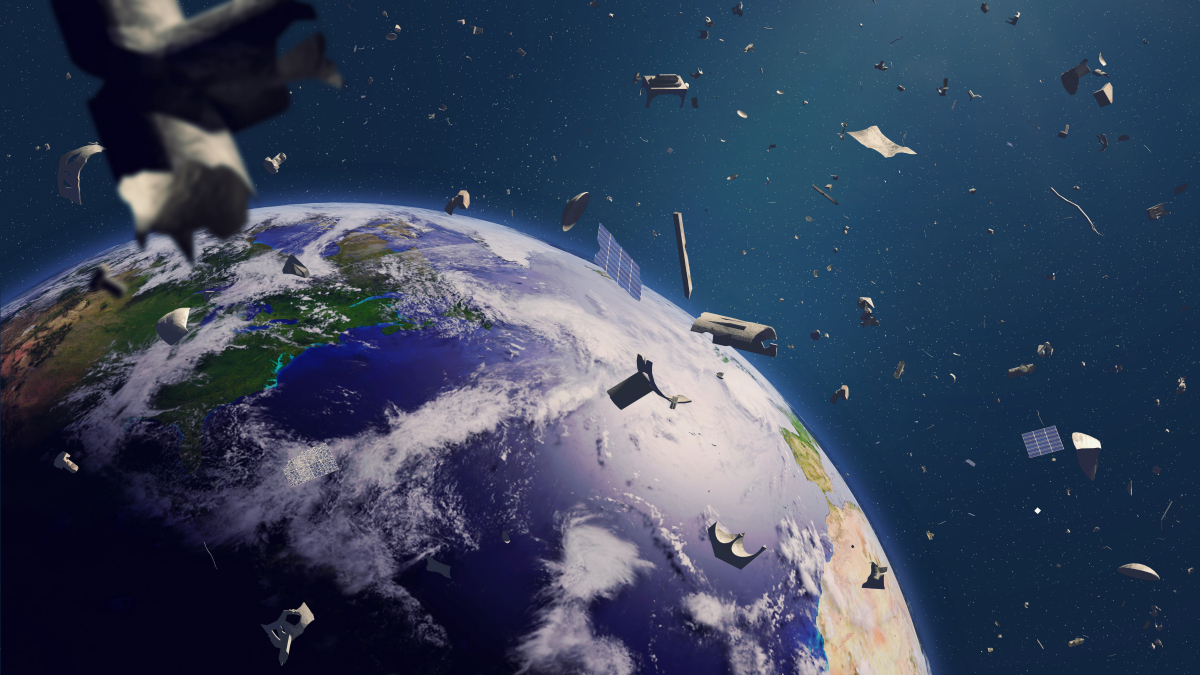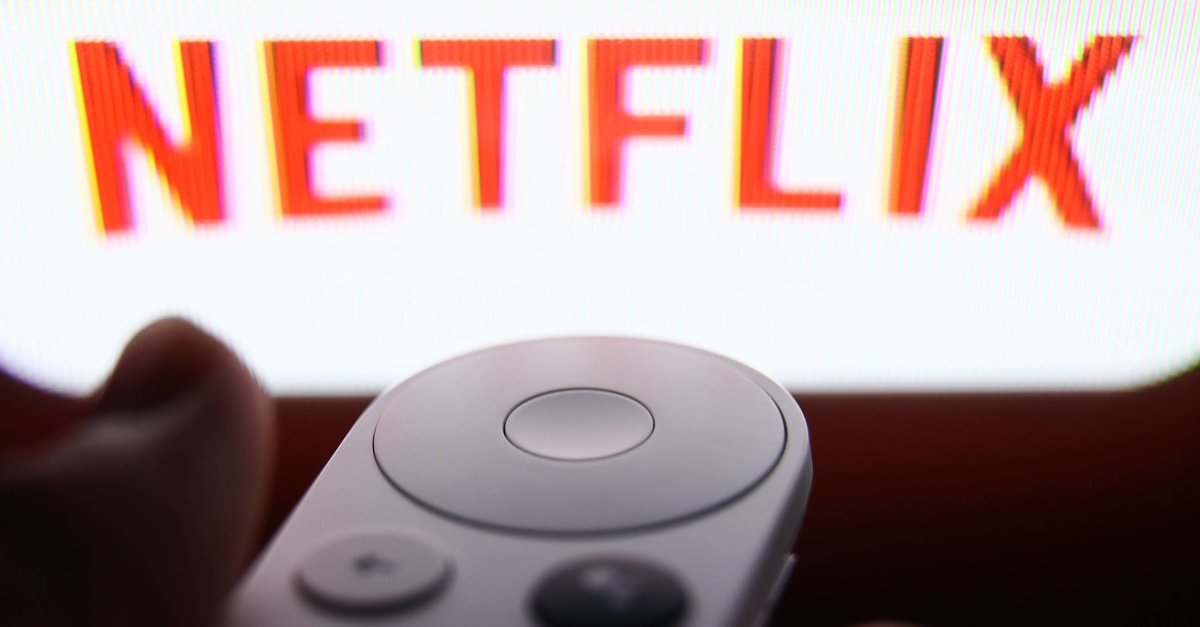Starlink fleet doubles the number of near-collisions in orbit – and the number is rising
The fuller the space, the more likely the collision. (Image: Dotted Yeti / Shutterstock)
The Starlink satellite fleet is already responsible for half of all dangerous orbital encounters. In a few years it could be up to 90 percent, says a space junk expert.
A dangerous orbital encounter, a so-called close encounter, is counted when two satellites in orbit come closer than one kilometer. The number of such “near collisions” has doubled with the rise of the Starlink fleet.
Contents
The cascade effect could lead to a chain reaction that destroys critical infrastructure
The US magazine Space reports on the findings of the researcher Hugh Lewis of the University of Southampton in Great Britain, whom the magazine describes as Europe’s leading expert on space debris. He had determined that the Starlink satellites from SpaceX are already involved in around 50 percent of the close encounters in orbit.
For this purpose, Lewis had evaluated the publicly accessible CelesTrack US database on the satellite orbits and found that more than 3,000 near-collisions are now taking place every week. The number has increased in parallel with the expansion of the Starlink fleet, which is why Lewis estimates the proportion of Smallsats from SpaceX in the Close Encounters at 90 percent in a few years.
The dangerous situation increases with every new satellite swarm, especially because the individual objects can no longer be controlled by hand and the automatic control only works to a limited extent. Even with the young Starlink fleet, three out of 100 Sats are already considered space junk. If two satellites collide, a so-called cascade effect could result. Parts of the destroyed satellites could be carried into other orbits and lead to new collisions there. This could also destroy critical infrastructure, such as GPS satellites.
Lewis’ main concern is that global satellite fleets will expand rapidly. SpaceX alone has already grown into the largest satellite operator – but has only been in operation for two years. Lewis therefore also states a dangerous “inexperience” of the company. The European Space Agency (ESA) recently spoke of “intolerable conditions” that would develop in Earth’s orbits. And Oneweb is excited about the deployment of the next wave of their near-earth small satellites …


